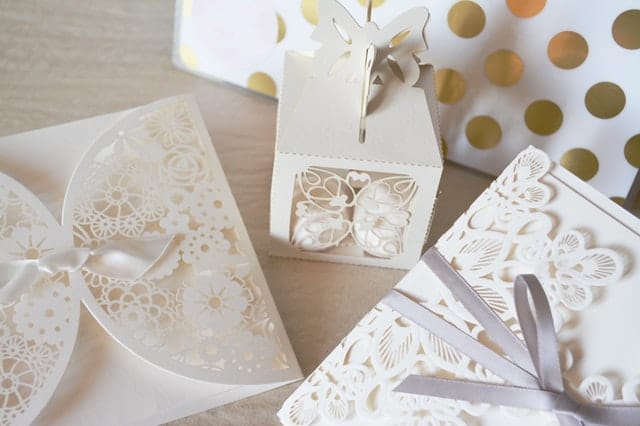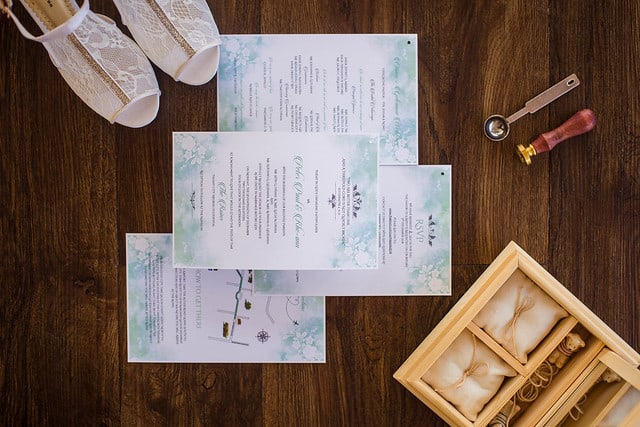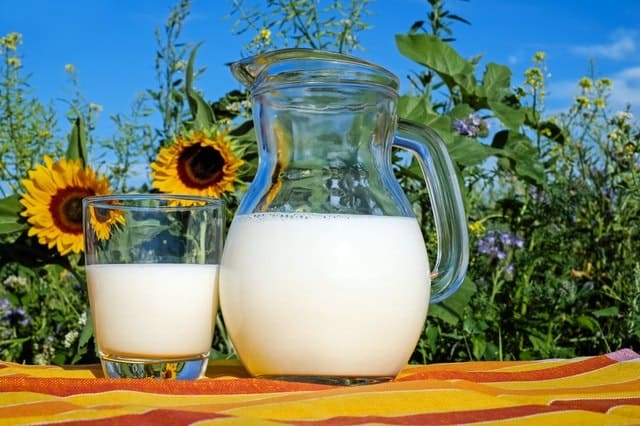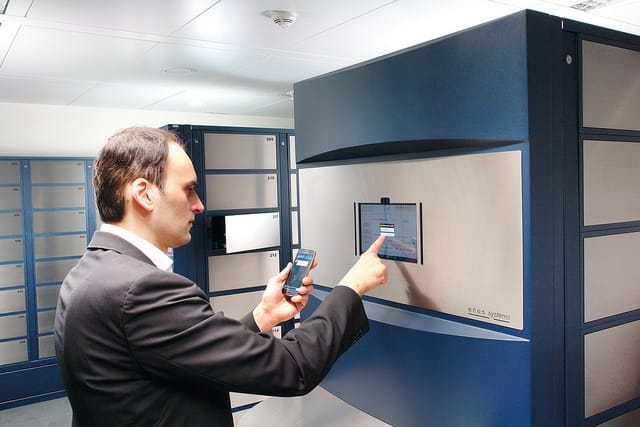Nobody likes to clean. It is laborious, time consuming and for the most part dirty. So why do we do it? Well, whether in business or in daily life, those working in serving or caring roles; be they parent, food service workers or healthcare staff, have a huge responsibility to protect the health and wellbeing of those within their care.
Food poisoning alone is reported at 5.4 million cases on average each year, in Australia alone. This means that finding fast and efficient ways to maintain high levels of hygiene throughout the home and workplace, is crucial.
Whilst those figures are daunting, professional cleaners have passed on a few nuggets of wisdom which can shortcut cleaning time and ensure your guests, visitors or customers stay safe and healthy.
Since food preparation is one of the most common sources of food contamination such as e-coli and salmonella, let’s begin there.
Tip 1 – Making a meal of it
You may want to put down your lunch before reading this, but studies have found that the humble chopping board, the platform from which the majority of food is prepared, can be up to 200 times dirtier than a toilet seat. This means any discussion about food hygiene should begin here – absolute ground zero.
In a busy kitchen where speed can overtake care, cleaning rituals can be lax and the results tragic, caused by a proliferation of pathogens including:
- Salmonella
- E-coli
- Campylobacter
Until recently it was accepted that plastic chopping boards were more hygienic than wooden ones. Recent research however, has now discovered that bacteria can survive far longer on plastic surfaces than wooden, making wood the far superior choice for chopping boards.
Cleaning wooden boards should be done separately to crockery and other utensils due to the risk of cross contamination. Inspect chopping boards regularly and if there are deep scores or grooves where bacteria can grow or signs of mould staining, replace them immediately.
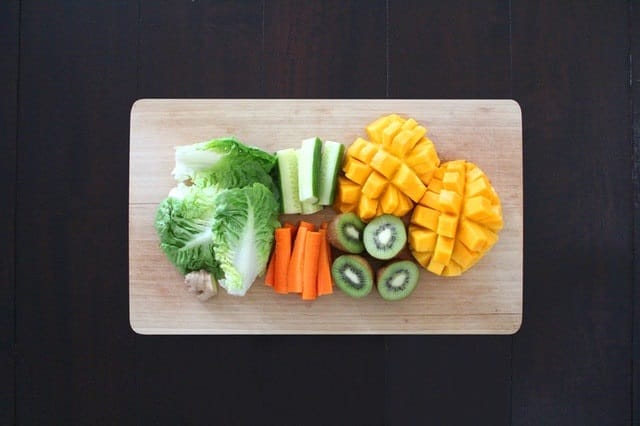
Tip 2 – Surface sanitation
It goes without saying that hard surfaces and countertops need to be thoroughly cleaned after each use. Using products not specifically designed for purpose including bleach and window cleaner, can eventually cause fading or damage to porous or synthetic surfaces.
Natural stone
Wipe down with warm soapy water and a clean cloth followed by a paper towel to dry and prevent streaking. Sanitise with a mixture of equal parts distilled water and isopropyl alcohol. Thoroughly spray the entire surface, leave for three minutes then wipe off. Alternatively, use a commercial sanitising solution.
Stainless steel
Commercial steel benchtops where food is prepared should undergo thorough cleaning after each use.
- Remove all dirt and food particles from the surface
- Rinse with potable warm water using a sponge or microfiber cloth
- Wash with hot water (60C) and a commercial detergent
- To sanitise, apply clean water heated to 75C for at least two minutes
- Apply a commercial sanitising solution as indicated on the label
- Allow to air dry.
Laminate
Follow the same process as for stone benchtops, avoiding the use of abrasive cleaners. Where staining has occurred, use baking soda and water formed into a thick paste and apply it to the affected area and cover with a damp paper towel. Leave for two hours and then gently wipe off.
Tip 3 – Bake off
The bane of every cleaner are ovens and stove tops due the combination of intricate parts and stubborn grease, grime and carbon build-up. Naturally, these are not the place for toxic chemical use.
An ounce of prevention as they say, is worth a pound of cure. Regular cleaning will prevent the worst of the gunk. Using proper sized dishes, lids and roasting bags plus foil trays at the base of the oven and cooktop, will cut down on mess.
Tips for keeping your oven spotless:
- Remove racks and trays and place in dishwasher
- Wipe down and remove debris from oven and cooktop
- Avoiding the heating elements, apply a paste of baking soda and water to built-up carbon and stains
- Leave overnight
- Use a plastic spatula to lift and remove built-up crud
- In a spray bottle, mix white vinegar and water and spray thoroughly, concentrating on stubborn residue
- Rinse then wipe down with a dry cloth.
Tip 4 – Glass
Whether showers, restaurant windows or splashbacks, maintaining crystal clear glass can be challenging. Cloudy, streaked glass can be both unsanitary and very off-putting, particularly in food display cases.
Glass requires a three-pronged attack – to clean, sanitise and avoid build-up of mould and bacteria. The following instructions work for soap scum and other hard to shift film on glass:
- Place 1/2 cup of baking soda into a plastic container adding enough white vinegar to form a paste
- Wipe this paste over glass when fizzing has stopped
- Wait 15 minutes
- Clean off
- Sanitise with a commercial grade, non-toxic product made for glass
- Dry with a paper towel.
Tip 5 – Refrigerators and Freezers
Whilst refrigeration equipment usually doesn’t suffer the same built-up grime as cooking surfaces, they still need to be cleaned thoroughly and regularly. Some tips for cleaning and maintenance are:
- Look for appliances which have removable seals, making cleaning more streamlined
- Empty fridge completely and unplug from wall
- Use a commercial grade sanitiser that is safe for use around food
- Don’t forget to clean the condenser tray, condenser filter and drainage hole!
- Dry thoroughly to avoid bacteria and mould growth.
Tip 6 – Stainless steel cookware
No matter how hard we may try to keep it from happening, pots and pans which are in regular use will lose their pristine appearance eventually.
To bring them back from the brink, place water and a cup of vinegar into the pan and bring it to the boil. Remove it from the heat and add two tablespoons of baking soda (expect fizz!) Clean the pan as normal.
For stubborn stains mix up a paste using the baking soda and a few drops of water and apply this, leaving it a few minutes to work its magic before cleaning off.
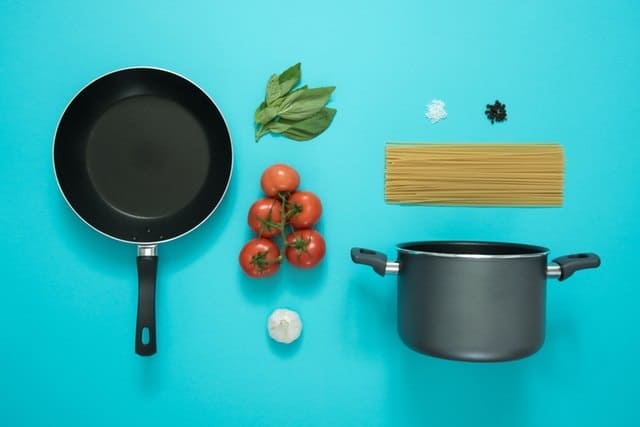
Tip 7 – Grease and gunk
As with ovens and cooktops, a paste comprising water and baking soda or white vinegar is a safe and effective solution for stubborn grease and food residue.
Alternatively, look for a non-toxic commercial grade cleaner, designed for kitchen use.
Tip 8 – Implement a schedule
By employing a cleaning checklist you can ensure that hygienic practices are being followed at all times. A sample schedule could entail:
Daily:
- Wipe down all surfaces
- Sanitise food preparation surfaces
- Change disposable foil on cooktops and in ovens
- Clean cooking equipment, fryers and small appliances
- Clean heads on beverage dispensers and similar
- Clean sinks
- Launder towels, cloths and aprons
- Wash flatware, crockery and glassware and air dry
- Remove trash and waste to external bins
- Sweep, mop and disinfect floors
Weekly:
- De-lime sinks and taps
- Thoroughly clean ovens inside and out
- Treat floor drains with commercial drain cleaner
- Clean and sanitise refrigerators and freezers
- Clean anti-fatigue mats
Monthly:
- Clean out grease traps
- Wash and rinse out range hood and other vents
- If applicable, clean coffee and ice machines as per manufacturer’s instructions
- Wash down ceilings and walls to prevent build-up of grease.
Implementing a formal cleaning schedule, whether in the home or a commercial environment, takes the guesswork out of hygiene. It provides a transparent window into the health of a kitchen – a vital component to ensuring the continued wellbeing of everyone in your care.



